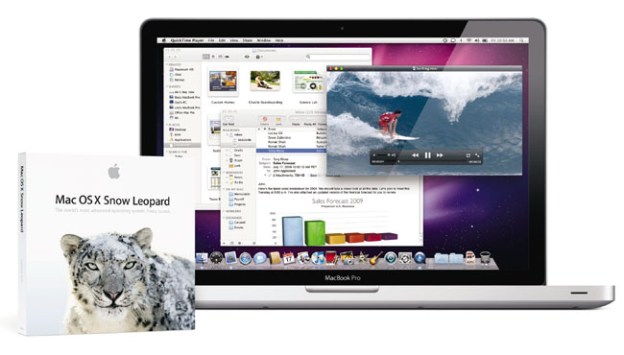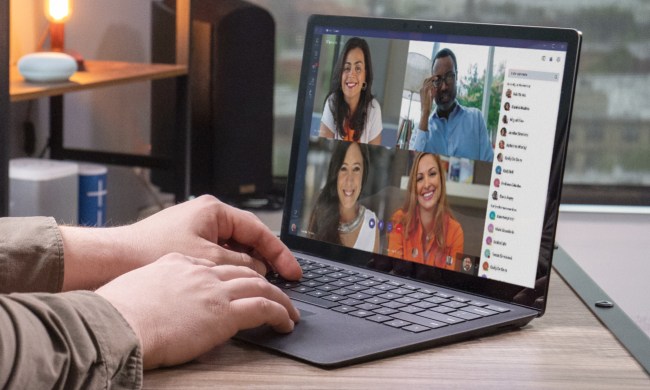
Just days ago, Apple settled its trademark dispute with Proview in China over the name “iPad” for $60 million. It’s a far cry from the $400 million that the Chinese company was looking to get from Apple, but a precedent seems to have been set. Now, a Chinese chemical company, Jiangsu Xuebao, has filed a lawsuit against Apple for the “Snow Leopard” trademark.
The Chinese chemical company claims it filed a trademark in 2000 for the Chinese translation of “Snow Leopard,” for the production of electrical equipment. The company will plead its case in a Shanghai court in a hearing set for July 10. The company has also filed a lawsuit against four companies that advertise and sell Apple’s Snow Leopard. The chemical company is seeking 500,000 RMB (approximately $78,713 USD) and an apology.
According to the Chinese blog, MIC Gadget, the lawsuit will have little chance of succeeding because there was little chance for confusion. Jiangsu Xuebao is best known for the production of toothpaste and detergent, which would would make it tough to mistake for a brand of software.
For Apple, which seems to prefer settlements over lengthy legal proceedings, the cost of settling the “iPad” trademark case at the cost of $60 million is only a minor inconvenience for a company that posted its Q2 2012 results with revenues in the upwards of $39.19 billion. Apple CEO Tim Cook revealed that Apple has posted quarterly earnings of $7.9 billion from China alone, which makes up approximately 20 percent of the company’s total quarterly revenue.
It’s a small, almost insignificant cost for the potential to garner the loyalty of the Chinese market. In fact, Cook’s last conference call with Wall Street analysts, he reiterated that China was a crucial growth opportunity for Apple. Just last fiscal year sales in China made up 12 percent of Apple’s total revenue. Two years ago, China sales made up just 2 percent of Apple’s total revenue.
The current cost for Apple may be low, but it does pave the wave for copycats. Following the success of Proview and Jiangsu Xuebao’s own attempts, Apple may be setting itself up for any company with a flimsy trademark claim to take a swing at the Apple cash piñata and see what falls out.


